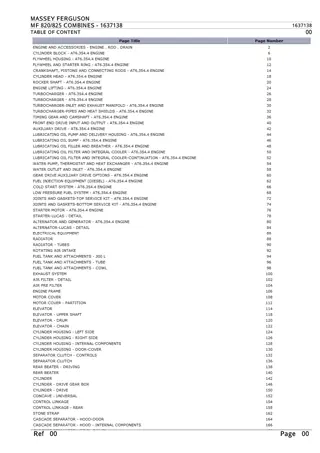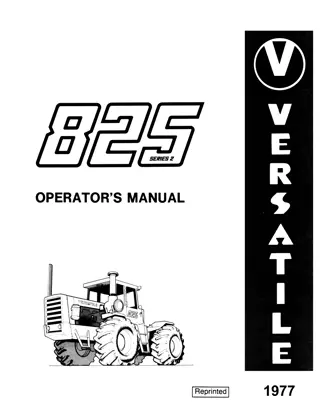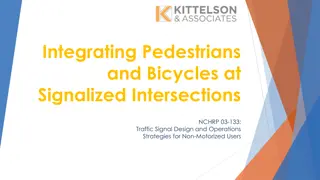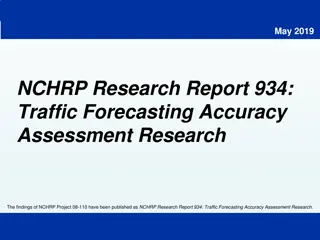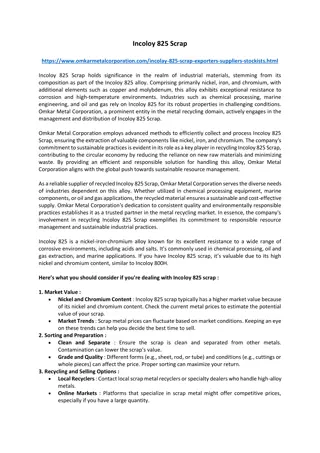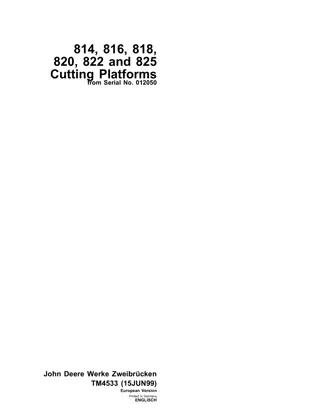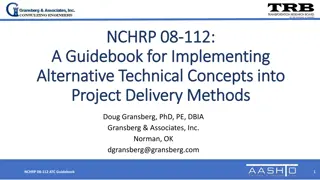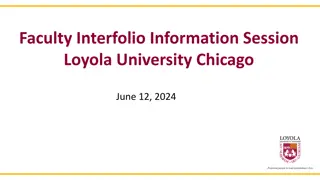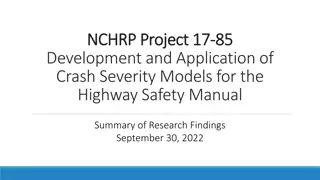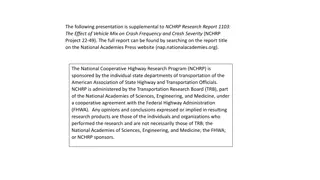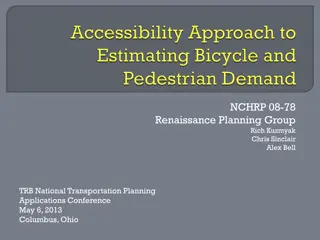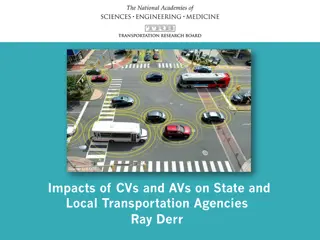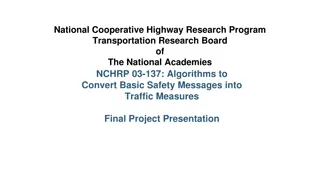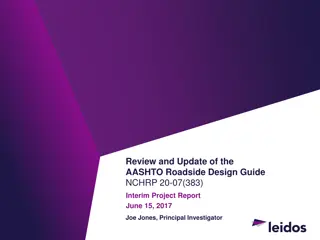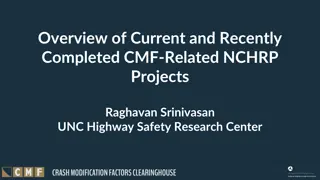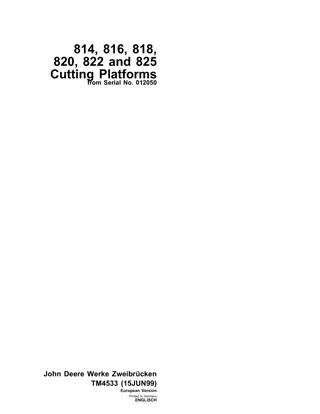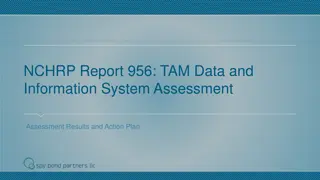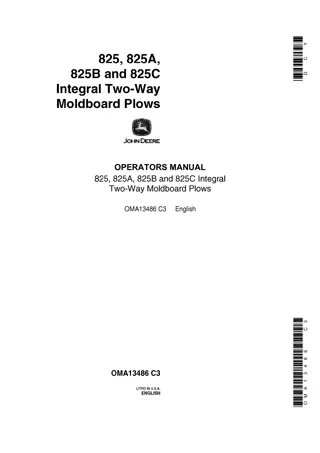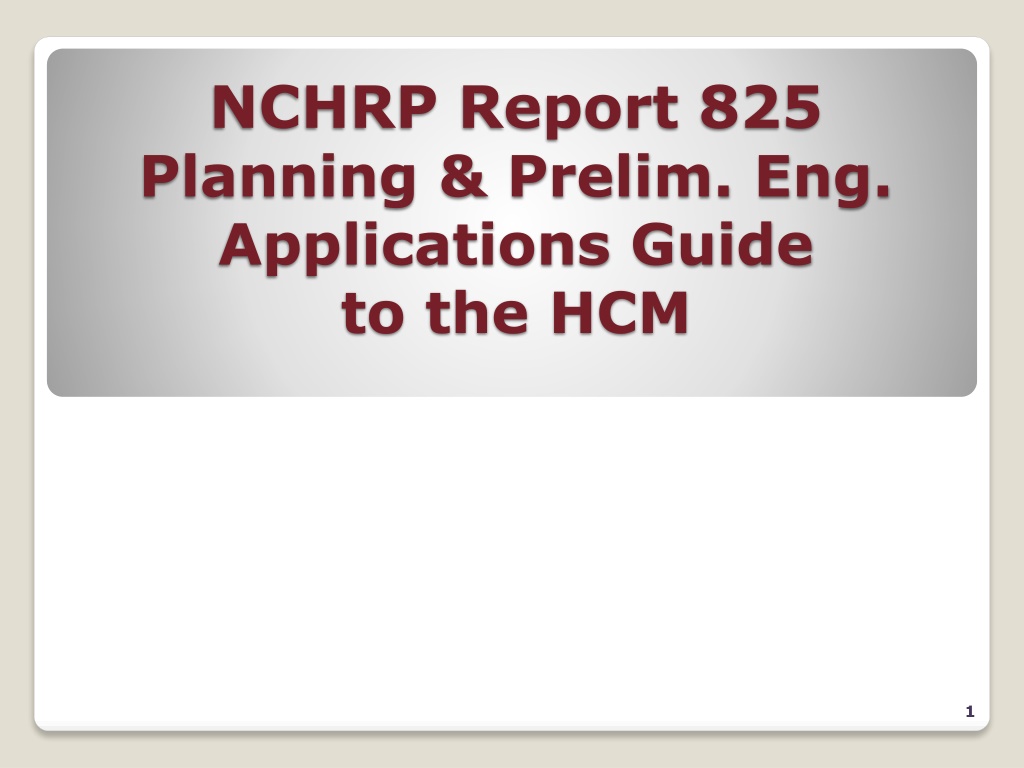
Guide to HCM Planning & Preliminary Engineering Applications
Discover the necessity of the P&PE Guide in adapting the Highway Capacity Manual (HCM) for planning and preliminary engineering analyses. Follow the journey of research, team collaboration, and the process of developing this comprehensive guide with case studies and levels of analysis explained in detail.
Download Presentation

Please find below an Image/Link to download the presentation.
The content on the website is provided AS IS for your information and personal use only. It may not be sold, licensed, or shared on other websites without obtaining consent from the author. If you encounter any issues during the download, it is possible that the publisher has removed the file from their server.
You are allowed to download the files provided on this website for personal or commercial use, subject to the condition that they are used lawfully. All files are the property of their respective owners.
The content on the website is provided AS IS for your information and personal use only. It may not be sold, licensed, or shared on other websites without obtaining consent from the author.
E N D
Presentation Transcript
NCHRP Report 825 Planning & Prelim. Eng. Applications Guide to the HCM 1
NCHRP Report 825 Guide on the use of the HCM, 6th Edition for planning and preliminary engineering applications by identifying appropriate methods and applications, and illustrating them with case studies. 2
Why the P&PE Guide is Needed HCM is not always well suited for planning and preliminary engineering analyses. Sometimes Additional defaults need to be supplied. Gaps need to be filled or bridged. Rough spots need to be smoothed. The Planning and Prelim. Eng. (P&PE) Guide fills the gaps. 3
The People The Research Team for NCHRP Project 07-22 Kittelson & Associates - Rick Dowling, Paul Ryus Bastian Schroeder, ITRE; Tom Creasey, Stantec Mike Kyte, Univ.of Idaho; Danica Rhoades, Write Rhetoric The Panel Dirk Gross (Ohio) (Chair) Robert Bryson (Milwaukee) Jessie Jones (Arkansas) Erik Ruehr (VRPA) Doug McLeod (Florida) Tyrone Scorsone (CSI) Brian Dunn (Oregon ) Subrat Mahapatra (Maryland) Andrew Wolfe (SUNY) Jeremy Raw (FHWA) 4
The Process Literature Review, Critique HCM, Outline Get Stakeholder Input (1st round workshops) Interim Report 1st Draft Guide to Panel/Stakeholders (2nd round workshops) 2nd Draft Guide to Panel and Highway Cap Com (Dec 2014) Revise for HCM Sixth Edition (2016) Update 3rd Draft Guide to Panel (July 2015) Draft Final Report to Panel (December 2015) Final Report to TRB (February 2016) Training Workshops (Late 2016) 5
Overview of The P&PE Guide Part I - Introduction Types of Analyses, Defaults, Serv. Vol Tables Part II Mid-level Analyses Facility and intersection analyses Ped, bike, transit, truck Part III High-level Analyses Corridors, regions Part IV Case Studies, Example Apps. 6
P&PE Guide Introduces Concept of Levels of Analysis Multi- facility Single facility, point 7
Case Studies Showing what is in the P&PE Guide Freeway Master Plan Impacts of BRT Project on Urban Street Long Range Regional Transportation Plan Analysis 8
Case 1 Freeway Master Plan 70 mile long Interurban Freeway 9
Objective of Case 1 To develop a Corridor Mobility Master Plan to identify current and future mobility problems in the corridor, and establish capital project priorities along the corridor. 10
Case 1 Example Problems I.1 Focusing the study I.2 Forecasting V/C hot spots I.3 Estimating speed and travel time I.4 Predicting unacceptable auto LOS spots I.5 Estimating queues I.6 Predicting reliability problems I.7 Comparing super-congested alternatives 11
Case 2 Urban Street BRT 14 mile urban street BRT to take 2 thru lanes 12
Objective of Case 2 to identify the traffic, transit, pedestrian, and bicycle impacts of the proposed BRT project BRT project will take away one through lane each direction from general traffic and create dedicated bus only lanes. 13
Case 2 Example Problems II.1 Screening for service volume tables II.2 Estimating critical intersection v/c s II.3 Evaluating permitted lefts II.4 Estimating auto and BRT speeds II.5 Predicting queue hot spots II.6 Transit, bicycle, pedestrian LOS 14
Case 3 - LRTP 2040 Regional Transportation Plan - 6,000 square miles - 1 million population 15
Objectives Conduct transportation performance and investment alternatives analysis required to update 2040 LRTP Auto, truck, bus, bicycle, and pedestrian analyses to be performed. Travel demand forecasting model to be used 16
Example Problems Example Problems that Develop Demand Model Inputs Example III.1 Estimate free-flow speeds and capacities Example III.2 HCM based volume-delay functions Example Problems of Post Processing Demand Model Outputs Example III.3 Predicting density, queues & delay Example III.4 Predicting reliability 17

